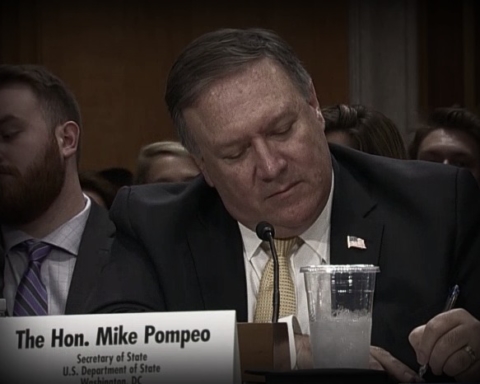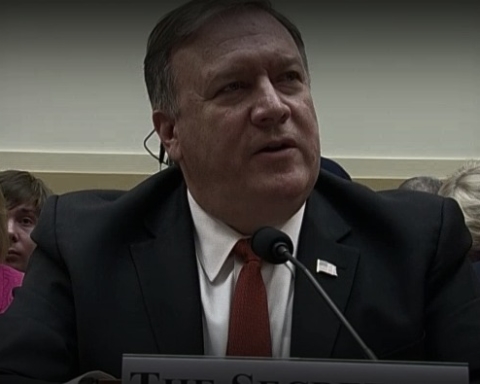A government report released on Monday tied the poor health outcomes of Native Americans to a lack of consistent management at federal hospitals tasked with caring for indigenous people in the US.
According to an analysis by the Government Accountability Office (GAO), the Indian Health Service (IHS) has practiced only “limited and inconsistent” oversight of its network of hospitals. The lack of health care standards, the watchdog reported, is a contributing factor to the shorter life expectancy of many Native American populations.
The GAO noted that IHS’s mission is to “raise the physical, mental, social, and spiritual health of American Indians and Alaska Natives to the highest level.” Last year, the agency allotted $1.9 billion to provide care to indigenous populations at HIS-operated hospitals and health care center around the country.
But the quality of that care is in question.
During testimony last year before a congressional subcommittee on Indian Affairs, tribal members described several weaknesses at IHS facilities. They included patients being sent home without seeing a doctor, the wrong medication prescribed, and misdiagnoses that have led to death. On average, American Indians have a life expectancy of 4.4 years below other races. They also die at much a higher clip from preventable illnesses, including diabetes, liver ailments, and respiratory diseases.
Oversight of those IHS facilities is conducted through a loose network of nine area offices where officials hold occasional meetings to examine quality performance data. As GAO reported, however, this schematic lacks consistency. Some offices hold meetings more frequency than others. Not all area offices have the same access to quality health care data.
“As a result,” the watchdog stated, “IHS officials cannot ensure that facilities are providing quality health care.”
GAO also said the oversight is “exacerbated” by high turnover of leadership at those area offices. Officials told investigators that four of the nine offices reviewed had at least three area directors in the past five years.
Recognizing its own problems, the IHS drafted new procedures to last November to improve oversight and patient experiences. But GAO warned that this new framework has yet to be implemented, and that the agency has to develop “quality performance standards.”
The watchdog issued two recommendations, including ensuring that agency-wide health care standards exist. It also called on the IHS to prevent problems associated with high turnover, and “develop contingency and succession plans for the replacement of key personnel, including area directors.”
The IHS, which was established in 1955 to provide to care to members or descendants of 567 tribes recognized by the federal government, operates 26 hospitals, 56 health centers, and 32 health stations in 33 states. Those facilities provided services to over 5 million patients in 2014.







